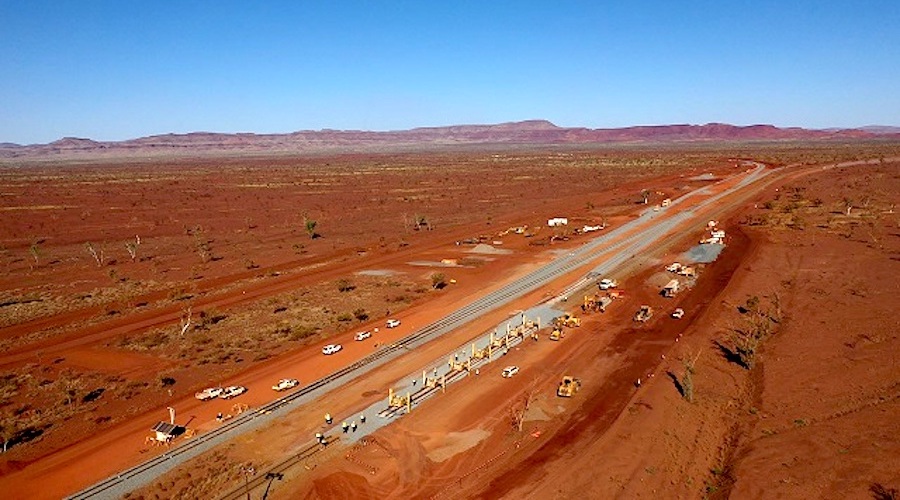
Described in a paper published in Nature Sustainability, the solution defines countries’ material footprint as the raw materials they consume domestically, showing where those resources come from globally. For example, materials used to make cars in Japan that are exported to Australia go into Australia’s material footprint.
In the module that analyzes each country individually, data on their societies, and production and consumption systems are analyzed through the lens of their use of raw materials such as biomass, fossil fuels, and minerals.
Additionally, information on the emissions produced within a country (domestic GHG emissions), is paired with data on the sum of all GHG emissions produced along the supply chains of goods and services consumed in a country. Both domestic emissions and the carbon footprint, thus, are understood as their “global warming potential”.
Combining each country’s results in these areas and other areas such as air pollution, sustainable land use, and hotspots of unsustainable consumption and production, the researchers behind the tool estimate that the global material footprint has quadrupled since 1970 and it is not projected to decline significantly for decades.
“The size of our global material footprint has consequences for climate mitigation, biodiversity, and waste and pollution outcomes,” Heinz Schandl, one of the researchers involved in the project and CSIRO’s group leader for urban and industrial transformations, said in a media statement. “Net-zero carbon can only be achieved if supported by a significant change in material composition reducing the share of carbon-intensive materials, for example, in construction and transport.”
While the tool draws on existing data provided by each country, there is currently no international reporting facility providing global, detailed, continuous and timely information on countries’ material footprints that allows countries to undertake their own footprint analysis and compare it with other countries.
The tool, thus, is expected to enable government agencies, statistical offices, academics, consultants and practitioners to support evidence-based decision-making to reduce the material footprint of economic development.
“[The material footprint indicator] provides a comprehensive account of environmental pressure related to a country’s demand,” Tommy Wiedmann, a professor at the University of South Wales, said.
Wiedmann pointed out that high-income countries such as China, the United States, the United Kingdom and Australia tend to have the highest material footprint. Put simply, they have larger houses, more infrastructure and are bigger consumers.
In his view, and that of his colleagues, shifting away from material-intensive lifestyles requires maximizing product lifetimes, reusability, repairability, and recyclability.
"consumption" - Google News
December 13, 2021 at 03:13AM
https://ift.tt/3dQIIl7
New tool monitors countries' raw materials consumption - MINING.COM - MINING.com
"consumption" - Google News
https://ift.tt/2WkKCBC
https://ift.tt/2YCP29R
Bagikan Berita Ini














0 Response to "New tool monitors countries' raw materials consumption - MINING.COM - MINING.com"
Post a Comment